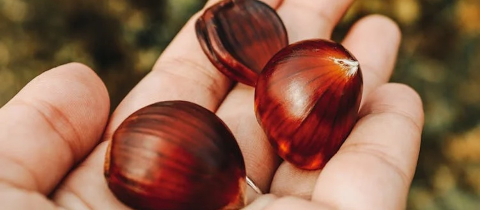With mercuric chloride, also known as “corrosive sublimate.” People have been intrigued by mercury and its compounds for over 3500 years. Ko Hung, an ancient Chinese alchemist was one of the first to describe how heating red cinnabar, or mercury sulfide, yielded silvery mercury metal. From then on alchemists believed that mercury was the key to transmuting elements into gold, and experimented with all sorts of concoctions to try and achieve this. They of course never made gold but were successful in converting mercury into various mercury compounds. Heating the metal with salt and alum in a closed earthenware pot resulted in mercuric chloride. This was eventually tried in the treatment of syphilis, basically because anything available was tried.
By the 15th century syphilis had become a huge curse in Europe and some success was seen with mercuric chloride treatments. Mercuric chloride killed the Treponema pallidum bacterium but unfortunately it usually killed the patient too. Benvenuto Cellini was an Italian sculptor noted for being the first to produce life-size works in bronze. Whether because of jealousy or some other reason, his enemies conspired to spike his food with “corrosive sublimate.” Cellini had struggled with syphilis since the age of 29 and had refused treatment with mercury, probably aware of the possible fatal effects. In any case, after eating the poisoned food he became very ill with gastrointestinal problems but recovered. And when he recovered, the syphilis was gone! Luckily for Cellini the poisoners had not put enough mercuric chloride into his meal to kill him, but had put enough to kill the bacterium responsible for the disease. An excellent example of how only the dose makes the poison...or the cure. Mercury compounds are no longer used in medicine and syphilis readily responds to antibiotics such as penicillin. At least until the bugs develop resistance.







